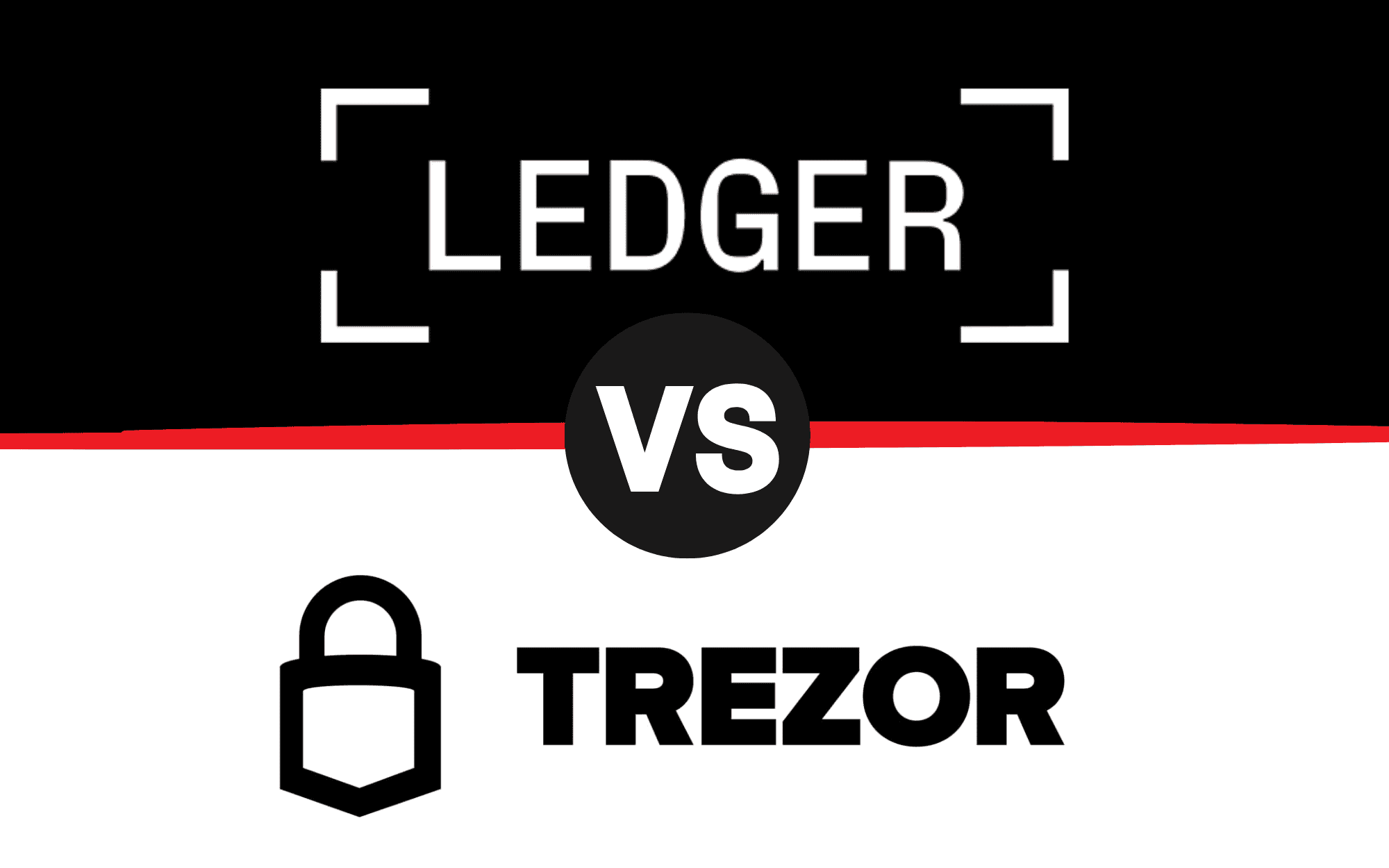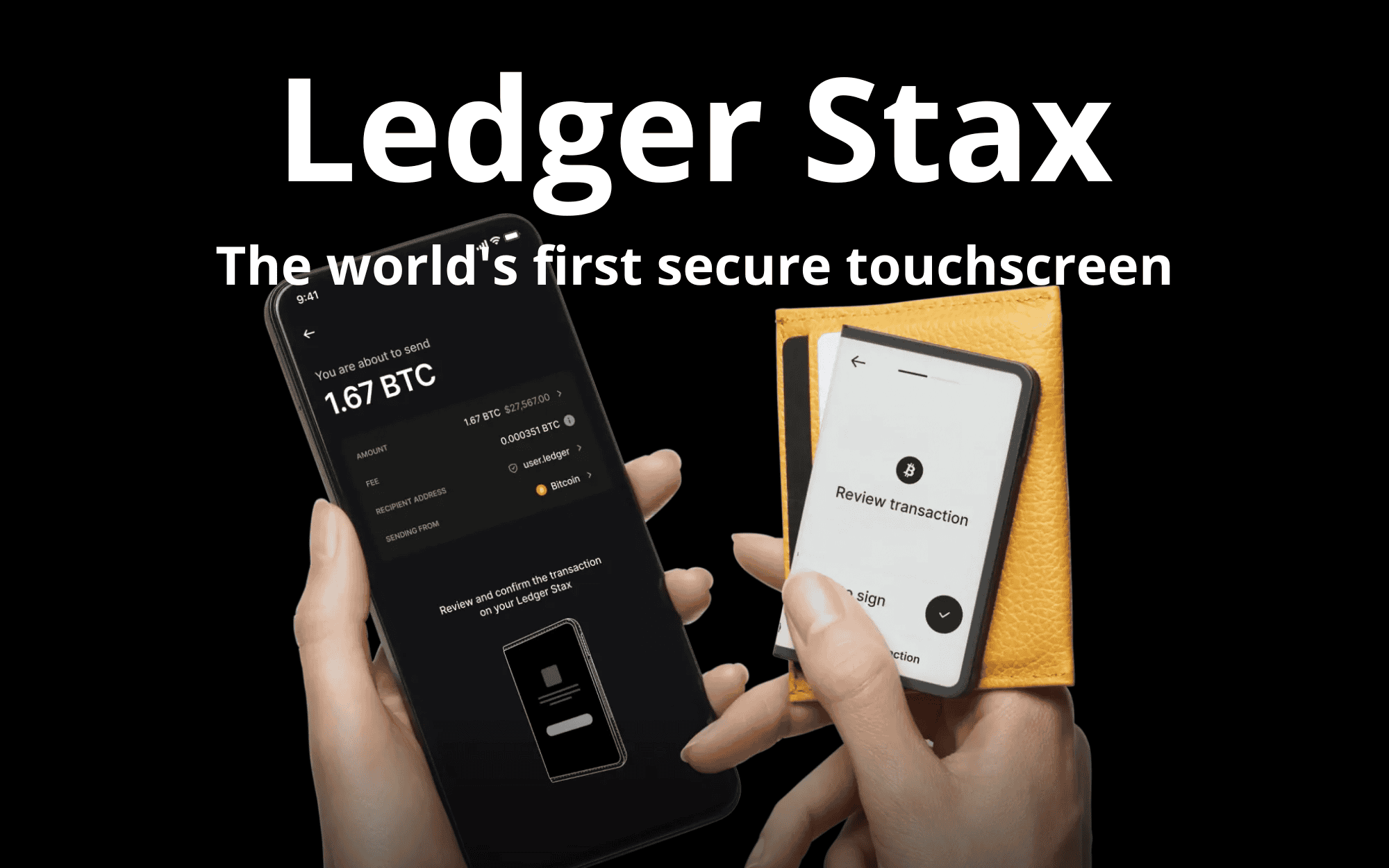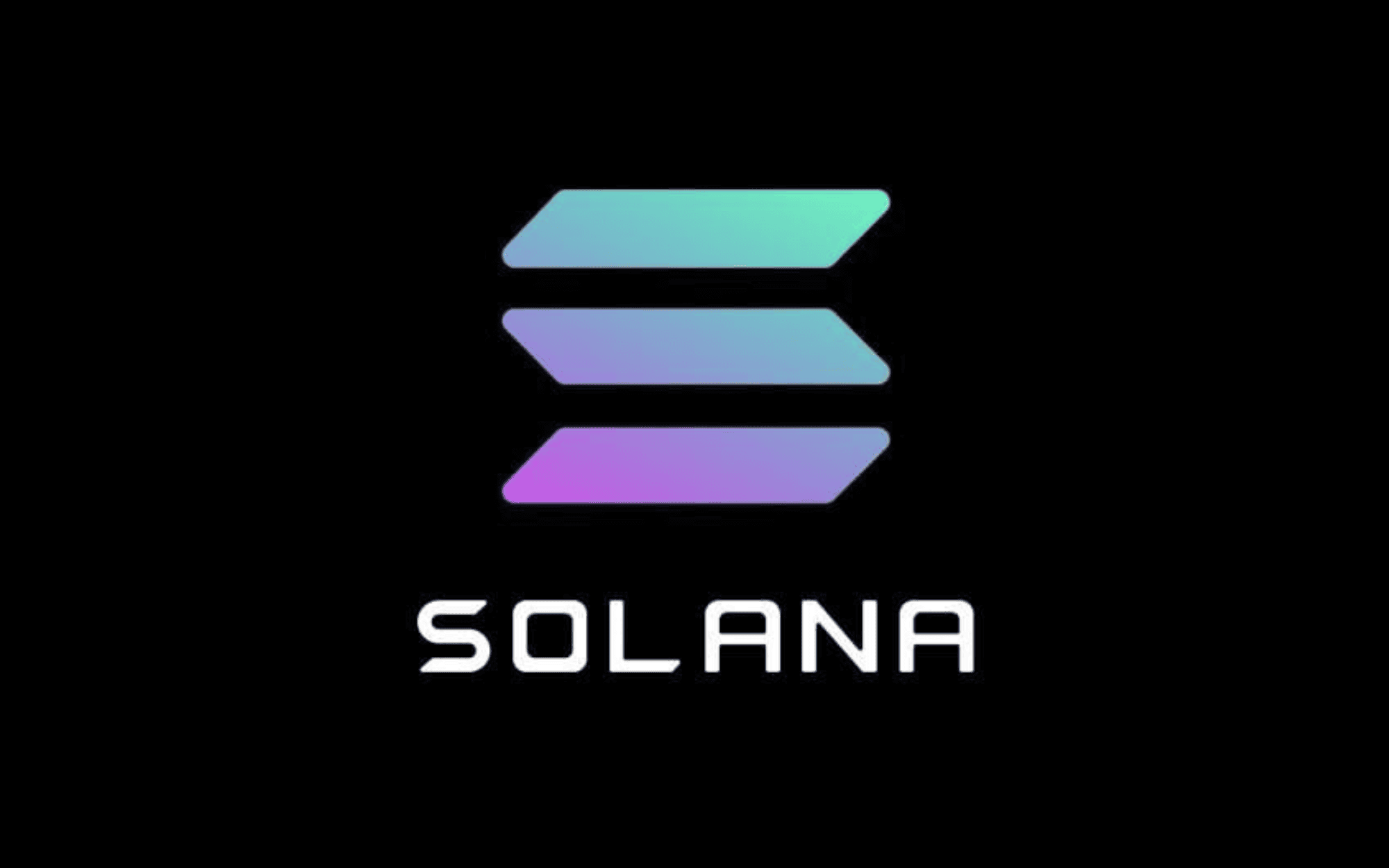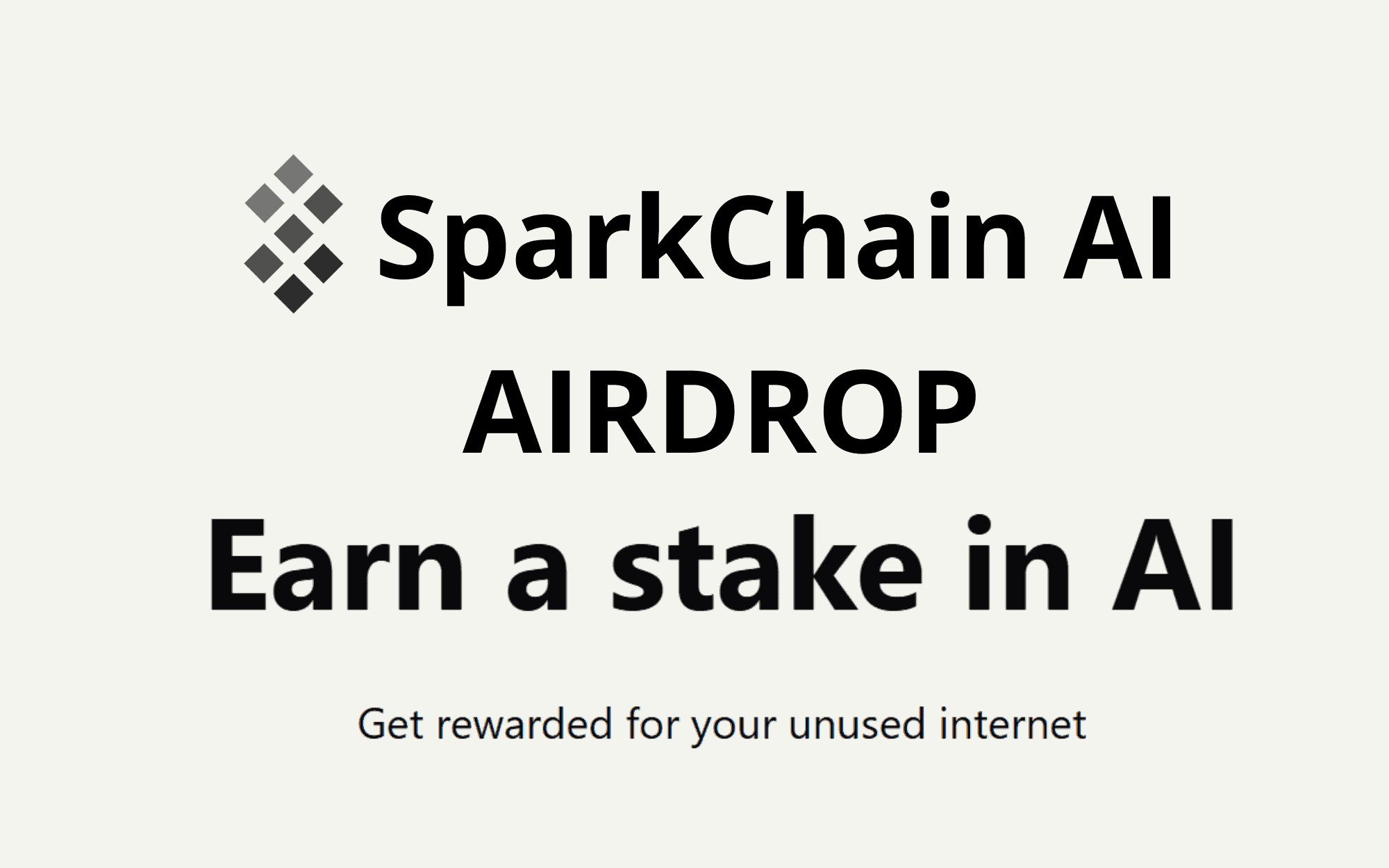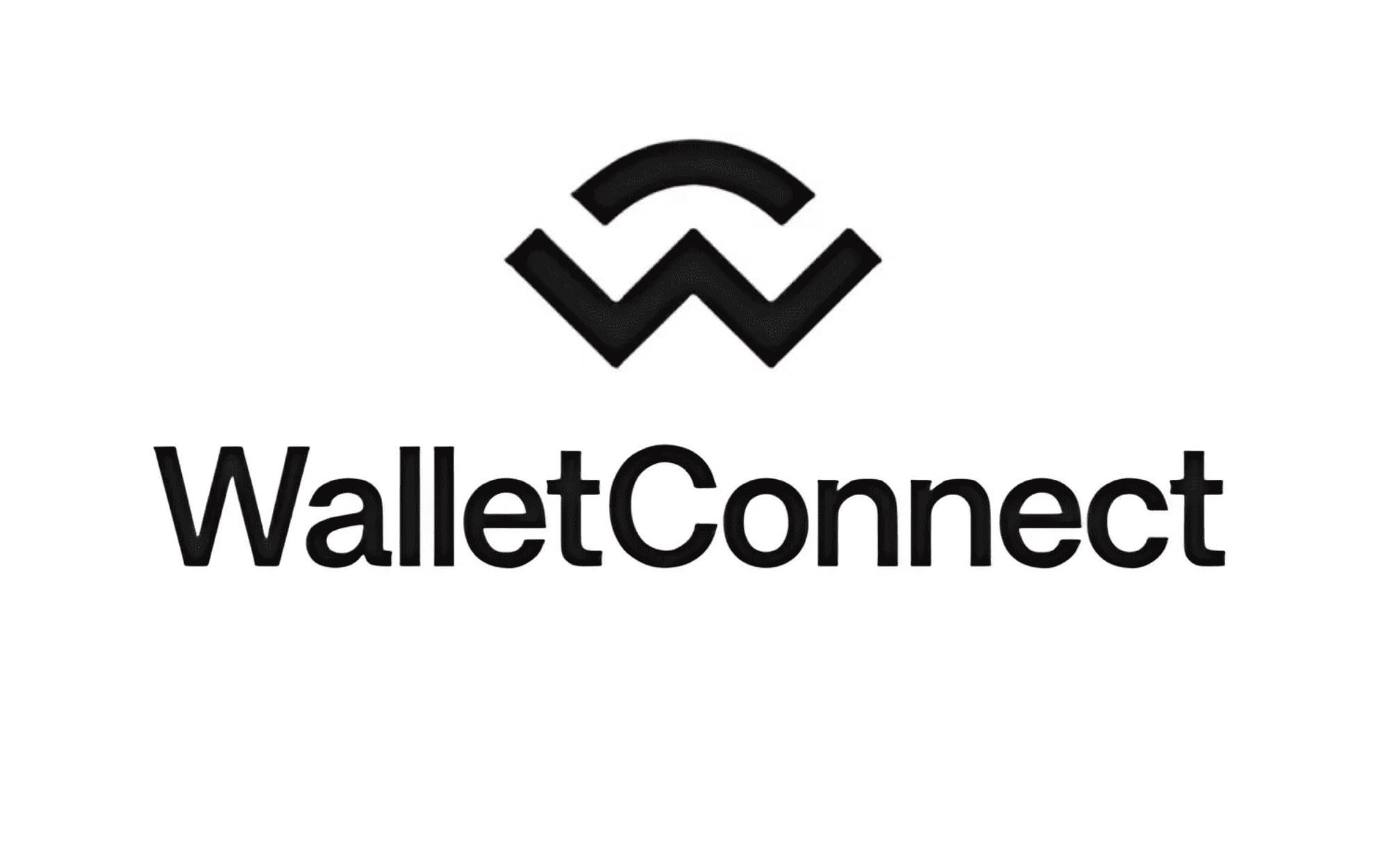With the cryptocurrency market soaring to a $3 trillion valuation and Bitcoin trading at $100,000 in 2025, according to CoinMarketCap, the need for secure storage solutions has never been more critical. The rise in crypto adoption has also led to a surge in cyber threats, with $1.9 billion stolen in 2024 alone, as reported by ecos.am. Choosing a secure crypto wallet is a crucial step to protect your digital assets from hacks, scams, and user errors. This guide will walk you through the essential factors to consider when selecting a crypto wallet in 2025, covering types of wallets, security features, usability, and more. Whether you’re a beginner or a seasoned investor, these insights will help you make an informed decision to safeguard your Bitcoin, Ethereum, or NFTs.
Understanding Crypto Wallets: What Are They and Why Do You Need One?
A crypto wallet is a tool—either software or hardware—that allows you to store, manage, and transact with your digital assets securely. Unlike a physical wallet, it doesn’t hold your cryptocurrency directly; instead, it stores your private and public keys, which are cryptographic codes used to access and manage your funds on the blockchain. The public key acts like an account number, allowing others to send you crypto, while the private key is like a password, granting you control over your assets, as explained by CoinLedger.
In 2025, the importance of a secure wallet cannot be overstated. Centralized exchanges like Coinbase or Binance, while convenient, hold your private keys, making them vulnerable to hacks—such as the $35 million Crypto.com breach in 2021, noted by Security.org. A secure wallet gives you control over your keys, ensuring true ownership of your assets. Wallets also enable you to interact with decentralized applications (dApps), stake coins, and manage NFTs, making them essential for participating in the broader crypto ecosystem, including DeFi platforms like Uniswap or Aave, as highlighted by Bitcoin.com.
There are two main types of wallets: hot wallets (software-based, internet-connected) and cold wallets (hardware-based, offline). Hot wallets, like Trust Wallet or MetaMask, are convenient for frequent transactions, while cold wallets, such as Ledger or Trezor, offer superior security for long-term storage, per ecos.am. Choosing the right wallet depends on your needs—whether you prioritize accessibility, security, or a balance of both. Understanding these basics sets the foundation for selecting a wallet that aligns with your goals in 2025.
Hot Wallets vs. Cold Wallets: Which Is More Secure in 2025?
The debate between hot and cold wallets centers on the trade-off between security and convenience, a critical consideration in 2025. Hot wallets are software-based and connected to the internet, making them accessible via mobile apps, desktop software, or browser extensions. Examples include Trust Wallet, MetaMask, and Coinbase Wallet, which are popular for their ease of use and integration with dApps, as noted by Tangem Blog. They’re ideal for active traders or those engaging in DeFi activities like staking or yield farming, as they allow quick transactions and seamless interaction with platforms like OpenSea for NFTs, per Bitcoin.com.
However, hot wallets are more vulnerable to online threats. Since they’re internet-connected, they can be targeted by hackers through phishing scams, malware, or keyloggers, as cautioned by Security.org. For instance, MetaMask, while widely used for Ethereum and EVM-compatible chains, has faced phishing attacks where users were tricked into revealing their seed phrases, according to CoinLedger. To mitigate risks, hot wallets often include security features like two-factor authentication (2FA) and biometric verification, but they remain less secure than offline alternatives.
Cold wallets, such as hardware wallets like Ledger Stax or Trezor Safe 5, store your private keys offline, making them immune to online hacks, as emphasized by ecos.am. These devices, often resembling USB drives, are ideal for long-term storage of large holdings. The Ledger Stax, for example, uses a CC EAL6+ Secure Element chip and a secure touchscreen to prevent screen spoofing, ensuring transaction authenticity, per its official site. However, cold wallets come with a cost—ranging from $79 for the Ledger Nano S Plus to $399 for the Ledger Stax—and can be less convenient for frequent transactions, as noted by Finder.com. They also require careful handling; losing the device or your recovery phrase can result in permanent loss of funds, a risk highlighted by Security.org.
In 2025, the choice depends on your usage. If you’re actively trading or engaging with DeFi, a hot wallet with strong security measures is practical. For long-term storage or high-value assets, a cold wallet is the safer bet. Many users opt for a hybrid approach, using a hot wallet for daily activities and a cold wallet for the bulk of their holdings, as suggested by NerdWallet.
Key Security Features to Look for in a Crypto Wallet
Security is the top priority when choosing a crypto wallet in 2025, given the prevalence of cyber threats. Here are the essential features to evaluate to ensure your assets remain safe. First, prioritize wallets that offer self-custody, meaning you control your private keys. Non-custodial wallets like Trust Wallet or Ledger Stax ensure that no third party can access your funds, reducing the risk of exchange hacks, as noted by Bitcoin.com. Custodial wallets, such as those provided by exchanges like Coinbase, hold your keys, making them a target for hackers, per Security.org.
Look for wallets with robust encryption and multi-factor authentication (MFA). MFA, which includes 2FA and biometric authentication (e.g., fingerprint or facial recognition), adds an extra layer of protection, as recommended by Tangem Blog. For example, Trust Wallet offers PIN protection and biometric authentication, making it a secure choice for mobile users, per ecos.am. Hardware wallets like the Ledger Stax use Secure Element chips (CC EAL6+ certified) to store private keys securely, protecting against physical and remote attacks, as detailed in the Ledger Stax review.
Backup and recovery options are also critical. Most wallets provide a seed phrase (typically 12 or 24 words) that allows you to recover your funds if your device is lost or damaged. However, this phrase must be stored offline—never digitally—to prevent theft, as cautioned by CoinLedger. Some wallets, like Zengo, use Multi-Party Computation (MPC) technology to eliminate seed phrases, splitting private keys into multiple parts for enhanced security, a feature praised by NerdWallet for its innovation in 2025.
Finally, consider wallets with open-source code, which allows the community to audit for vulnerabilities, or those with a proven track record. Trezor Safe 5, for instance, is fully open-source, offering transparency, while Tangem Wallet has undergone independent audits by Kudelski Security and Riscure, confirming no backdoors, per Tangem.com. Avoid wallets with a history of breaches, such as Ledger’s 2020 data leak, which exposed user emails, as noted by Forbes Advisor, unless they’ve since strengthened their security protocols.
Usability and Compatibility: Ensuring a Smooth Experience
A secure wallet is only effective if it’s easy to use and compatible with your needs in 2025. Usability is especially important for beginners, who may find crypto wallets intimidating due to technical terms like seed phrases or gas fees, as mentioned by Merge.rocks. Look for wallets with intuitive interfaces and clear instructions. Trust Wallet, for example, offers a mobile-first design with a simple layout for managing assets, sending payments, and swapping coins, making it ideal for new users, per ecos.am. Hardware wallets like the Ledger Stax, with its 3.7-inch E Ink touchscreen, provide a smartphone-like experience for transaction verification, as detailed in the Ledger Stax review.
Compatibility with your preferred cryptocurrencies and blockchains is another key factor. Not all wallets support every coin or chain. For instance, Phantom Wallet excels for Solana-based assets but has limited features for Ethereum, while MetaMask is tailored for Ethereum and EVM-compatible chains, per CoinLedger. If you hold a diverse portfolio, choose a wallet with multi-chain support, such as Exodus, which supports over 100 cryptocurrencies across desktop and mobile platforms, as noted by Tangem Blog.
Integration with DeFi platforms and dApps is also crucial if you plan to engage in staking, yield farming, or NFT trading. Wallets like MetaMask and Trust Wallet seamlessly connect to DeFi protocols like Aave or Uniswap, allowing you to lend, borrow, or trade directly from the wallet, as highlighted by Bitcoin.com. For NFT collectors, ensure the wallet supports NFT management—Phantom, for example, offers in-wallet NFT storage for Solana-based assets, per Bitcoin.com. Finally, check platform compatibility. Most hot wallets support iOS and Android, while hardware wallets like Ledger work with both desktop (Windows, macOS, Linux) and mobile via Bluetooth or USB-C, as noted by Ledger.com.
Cost and Additional Features: Balancing Value and Functionality
Cost is a significant consideration when choosing a crypto wallet in 2025, especially for beginners on a budget. Hot wallets are typically free to download and use, though they may charge network fees for transactions like swaps or transfers, as noted by Investopedia. For example, Zengo offers a free version but reserves advanced features like staking for its Pro subscription ($19.99/month or $129.99/year), per Investopedia. Trust Wallet, on the other hand, is entirely free with no subscription fees, making it a cost-effective choice, per Trustwallet.com.
Cold wallets, while more secure, come with an upfront cost. The Ledger Nano S Plus retails for $79, making it an affordable entry-level hardware wallet, while the premium Ledger Stax costs $399, offering advanced features like wireless charging and NFT display, as detailed in the Ledger Stax review. Trezor Safe 5, priced at $129, provides a balance of security and usability with its open-source software and touchscreen, per CNET. Consider your budget and whether the additional features justify the cost—basic cold storage may suffice if you’re only holding Bitcoin, but premium features like DeFi integration may be worth it for active users, as suggested by Finder.com.
Additional features can enhance your wallet’s value. Look for wallets that support staking, allowing you to earn passive income on assets like ETH or SOL. Ledger Live, for instance, supports staking for nine cryptos, including Polkadot and Tezos, directly through the app, per Finder.com. Built-in exchanges, like those in Exodus or Trust Wallet, let you swap coins without leaving the wallet, saving time and fees, as noted by Tangem Blog. For NFT enthusiasts, wallets like Phantom or the Ledger Stax offer NFT management and display options, adding a personal touch, per Bitcoin.com. Evaluate these features based on your goals to ensure you’re getting the most value from your wallet.
Best Practices for Keeping Your Wallet Secure in 2025
Even the most secure wallet can be compromised without proper precautions. In 2025, following best practices is essential to protect your assets. First, never share your private keys or seed phrase with anyone, and store them offline in a safe place, such as a fireproof safe or safety deposit box, as advised by CoinLedger. Avoid storing them digitally, as they can be stolen through malware or phishing attacks, a common issue highlighted by Security.org.
Enable all available security features, such as 2FA, biometric authentication, and PIN protection. For hardware wallets, set a strong PIN—Ledger devices, for example, reset to factory settings after three incorrect attempts, preventing unauthorized access, as noted in the Ledger Stax review. Be wary of phishing scams, which remain rampant in 2025. Never click on suspicious links or enter your seed phrase on any website, as cautioned by CoinLedger. Posts on X also emphasize double-checking transactions when using DeFi apps, even with a hardware wallet, to avoid signing malicious contracts.
For large holdings, use a hardware wallet and keep it in a secure location, as recommended by ecos.am. If using a hot wallet, avoid public Wi-Fi unless you’re using a VPN, and regularly update your wallet’s software to patch vulnerabilities, per Security.org. Finally, consider using multiple wallets to diversify risk—if one is compromised, you won’t lose everything, a strategy echoed in posts on X. For more on avoiding scams, explore our guide on Airdrop Scams to Watch Out for in 2025.
Conclusion: Finding the Right Crypto Wallet for You in 2025
Choosing a secure crypto wallet in 2025 requires balancing security, usability, and functionality based on your specific needs. Hot wallets like Trust Wallet or MetaMask offer convenience for active trading and DeFi, while cold wallets like the Ledger Stax or Trezor Safe 5 provide unmatched security for long-term storage. Prioritize wallets with self-custody, robust security features like 2FA and Secure Element chips, and compatibility with your preferred coins and platforms. Consider additional features like staking or NFT support, and always follow best practices to keep your assets safe.
For those seeking a premium hardware wallet, the Ledger Stax stands out with its innovative design and top-tier security, making it an excellent choice for securing your crypto in 2025. Ready to protect your digital assets? Explore our detailed Ledger Stax Review 2025 to learn more, or start your journey with a trusted hot wallet like Trust Wallet. For more insights on crypto trading, check out our guide on Top KuCoin Trading Tips for Beginners in 2025.





